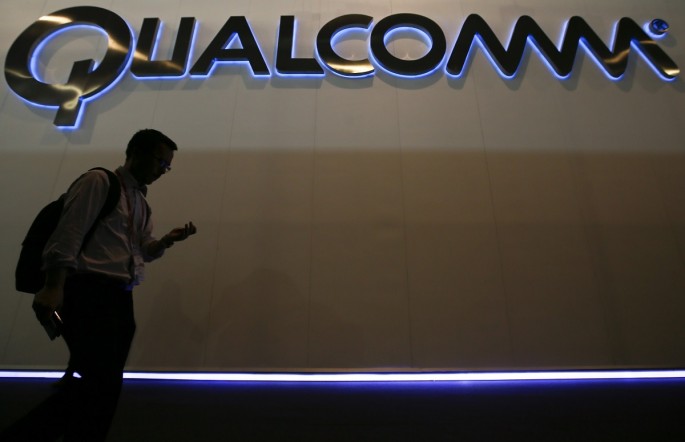Qualcomm publicized its latest generation of it top-notch chip during the SIGGRAPH 2015 convention, Snapdragon 820, which will hit the market in early 2016. There are two notable improvements about the GPU structure and the Image Signal Processor (ISP), which will provide fans with value for their money.
1. GPU Architecture
The upcoming Snapdragon 820 processor has a GPU architecture that sports Adreno 530 to provide up to 40 percent enhancement to graphic functionality and computing as compared to the Adreno 430 currently on the market; Qualcomm unveiled.
"We're significantly enhancing the visual processing capabilities of Snapdragon to support next-generation user experience related to computational photography, computer vision, virtual reality and photo-realistic graphics on mobile devices, all while maximizing battery life," Tim Leland, vice president of product management said.
2. Image Signal Processor
Snapdragon 820 will feature a brand new Spectra camera dual-ISP, which supports the latest 14-bit sensors for many colors and more natural skin tones. Furthermore, Qualcomm cites a hybrid structure and multi-sensor fusion algorithms to improve computational photography.
Tim Leland added, "This dual-ISP, our most advanced to date, is designed to provide superior camera image quality and experiences. Qualcomm Spectra supports the latest 14-bit sensors for a wide range of colors and more natural skin tones. You can also expect better photos through the hybrid autofocus framework and multi-sensor fusion algorithms that support next generation computational photography."
According to Connect, the ISP can handle one 25MP or two 12MP sensors clocked at 30 frames per second with zero shutter lag. The ISP allows its use in dual sensor components like those perceived on the ZTE Axon Pro or the HTC One M8.
In comparison with ISPs found in previous Snapdragon chips, the Spectra has an enhanced power efficiency, improved noise immunity through advanced compression techniques, and higher throughput.



























